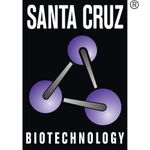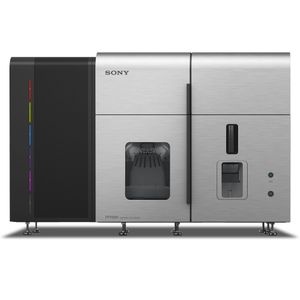Santa Cruz Biotechnology is a world leader in the development of products for the biomedical research market. Over the past 30+ years, the Company has focused on the ongoing development of research antibodies, siRNA and CRISPR Gene editing tools, biochemicals, labware and more recently has expanded into animal health care products. Santa Cruz Biotechnology has the highest commitment to quality and customer service.

IL-3Rα (S-12) Alexa Fluor® 488 | Santa Cruz Biotechnology
mouse monoclonal IgG1; IL-3Rα Antibody (S-12) is an IgG1 κ mouse monoclonal IL-3R alpha antibody (also designated IL3RA antibody, Interleukin 3 Receptor Subunit Alpha antibody, IL-3 Receptor Subunit Alpha antibody, IL-3R Subunit Alpha antibody, CD123 Antigen antibody, IL-3R-Alpha antibody, IL-3RA or IL3R antibody) that detects the IL-3R alpha protein of human origin by WB, IP and IF. IL-3Rα Antibody (S-12) is available as both the non-conjugated anti-IL-3R alpha antibody form, as well as multiple conjugated forms of anti-IL-3R alpha antibody, including agarose, HRP, PE, FITC and multiple Alexa Fluor® conjugates. Interleukin-3, or IL-3, is a pleiotropic cytokine that is primarily secreted by activated T lymphocytes and stimulates the proliferation and differentiation of hematopoietic cells. IL-3 exerts its biological effects through a receptor which consists of a ligand-specific α subunit (IL-3Rα) and a signal transducing β subunit (IL-3Rβ) common to the IL-3/IL-5/GM-CSF receptors. The α subunits are low-affinity ligand-binding proteins while the β subunits do not themselves bind ligand, but are required for high affinity binding by the α subunits. The mouse IL-3 receptor has two distinct β subunits, one that functions only in IL-3-mediated cell signaling and a second that is shared with IL-5 and GM-CSF. The murine β subunits are 91% homologous at the amino acid level but only 56% homologous to the human β subunit. The carboxy-terminus of the β subunit has been shown to be necessary for activation of the MAP kinase signaling pathway. Although the IL-3 receptor has no intrinsic kinase activity, stimulation with IL-3 leads to tyrosine phosphorylation of the JAK/Tyk 2 family member, JAK2, which in turn activates and causes nuclear translocation of Stat5a and Stat5b.




















































